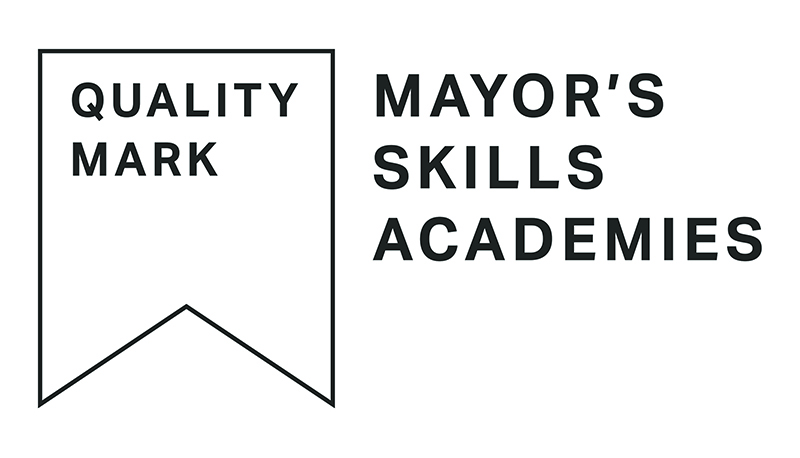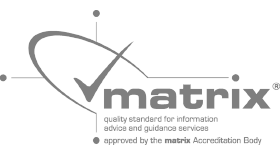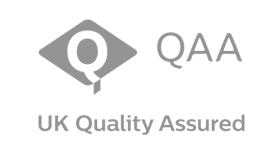-
Motor Vehicle Service and Maintenance Technician Level 3
Entry requirements
Individual employers will set the selection criteria for their Apprenticeships. Most candidates will have Level 2 Maths and English, ideally as part of 5 GCSE A-C grades or equivalent, or gain these whilst on programme. Other relevant or prior experience may also be considered as an alternative.
Qualification outcomes
Level 3 Diploma in Vehicle Technology
Job Role
Motor Mechanic
Overview of role
A motor vehicle service and maintenance technician services and repairs light vehicles such as cars and vans and works either in dealerships which focus on a particular manufacturer, or in an independent garage which deals with many different makes of vehicles.
The Automotive Retail Industry provides employment for over half a million employees who work for approximately 70,000 employers. It is a major contributor to the UK economy. In a large dealership the Technician will typically report to the Workshop Controller, who in turn reports to the Aftersales Manager and liaises with the Service Reception. In smaller garages the Technician will report directly to the owner or Garage Manager.
The technician must be able to work independently but also operate as an effective team member and have good customer handling skills. They will understand how their workshop and the dealership/garage functions from a commercial perspective and identify ways in which they can work more efficiently. Technicians working in large dealerships work with other departments, for example carrying out work for the Sales Department and ordering parts from the Parts Department, whereas apprentices in smaller independent garages may be called upon to carry out some of the
function of the other departments themselves, for example managing their own delivery of parts.
The technician will work on all the systems found within the vehicle. The day-to-day work ranges from replacing simple parts through to solving complex faults with the use of diagnostic methods and equipment. The tasks faced are constantly changing, driven by the introduction of ever more complex technologies and diagnostic techniques.
The growing complexity of today’s vehicles, and the pressure to deliver a high-quality customer experience, requires the retail automotive sector to attract and train high calibre individuals and this is reflected in the elements of the Standard described below.
Progression
Upon completion, learners could become a senior technician, workshop supervisor or garage manager, breakdown engineer or MOT tester, or specialise in a particular area like motorsport engineering.
They could also work on electric and hybrid cars or specialise in tuning and modifying vehicles for higher performance, or set up their own business.
Professional Recognition
This standard has been designed to be recognised by relevant Professional Engineering Institutions and successful apprentices can apply for the appropriate level of professional registration (EngTech).
-
Vehicle Damage Paint Technician Level 3
Entry requirements
Individual employers will set the selection criteria for their Apprenticeships. Most candidates will have Level 2 Maths and English, ideally as part of 5 GCSE A-C grades or equivalent, or gain these whilst on programme. Other relevant or prior experience may also be considered as an alternative.
Qualification outcomes
Level 3 Diploma in Vehicle Paint Technician
Job Role
Painters, Vehicle Paint Sprayer, Paint Technician, Prepper/Painter, Refinish Technician, Car Sprayer, Applications Technician.
Overview of role
A Vehicle Damage Paint Technician works in the vehicle body repair sector of the motor industry. The role is to prepare, spray and finish vehicles that have been involved in collisions and other incidents in an efficient manner. The vehicles can include Cars/Light Commercial Vehicles. This includes ensuring correct colour match and final finish to the company and customers exacting standards. This is usually within a collision repair workshop or smart repair workshops/mobile repair micro business and working alongside another fully qualified Paint Technician.
They understand the general principles of spray-painting technology, paint composition, paint mixing and the various methods of paint spraying vehicles.
They prepare vehicles fully before painting to include masking, sanding and other necessary preparation work.
They are also responsible for keeping all company tools and equipment safe and in a clean, workable condition paying particular attention to the reduction of any fire hazards.
Their role includes repair, surface preparation and painting to the manufacturer paint specification. A technician is able to follow defined processes to restore the vehicle to a high-quality paint finish. This
includes being able to demonstrate colour identification and select the correct materials such as primers, base coats and lacquers applied using spray equipment and utilising modern drying/curing techniques such as Ultra Violet (UV), Infrared and catalytic solutions used in the refinishing of vehicles. Create a safe environment working efficiently and reducing waste.
They usually work as part of a team and under supervision.
Progression
Upon completion, learners can work within the sector or choose to study further for a Leadership & Management qualification
-
Vehicle Damage Panel Technician Level 3
Entry requirements
Individual employers will set the selection criteria for their Apprenticeships. Most candidates will have Level 2 Maths and English, ideally as part of 5 GCSE A-C grades or equivalent, or gain these whilst on programme. Other relevant or prior experience may also be considered as an alternative.
Qualification outcomes
Level 3 Diploma in Vehicle Panel Technician
Job Role
Panel Beater, Panel Technician, Body Repairer
Overview of role
A Vehicle Damage Panel Technician works within the Collision Repair workshop, demonstrating expert working knowledge in relation to the removal, repair and replacement of vehicle body panels to vehicle manufacturer specification. The vehicles can include cars and light commercial vehicles. A technician is able to work independently and as part of a team following a defined process, using their skills to correctly identify the different body panel types and have the ability to use the correct repair tools to carry out the work to the highest possible standard. With motor vehicle technology changing all the time panel technicians keep up to date with the most relevant equipment and advanced repair techniques within the automotive industry. They do so by adhering to the
manufacturer’s literature and modification bulletins. The equipment they use can include using jigs, resistance welding equipment, riveting and bonding tools, as well as new equipment such as Reinforced Plastic Carbon Fibre diagnostic ultrasound tools. A competent Vehicle Damage Panel Technician will meet the following competency requirements.
Progression
Upon completion, learners could become a lead fitter or technician, or move into supervisory and body-shop management positions in larger firms. You could also work as a vehicle damage assessor for a repair workshop, an insurance firm or set up their own business.










































